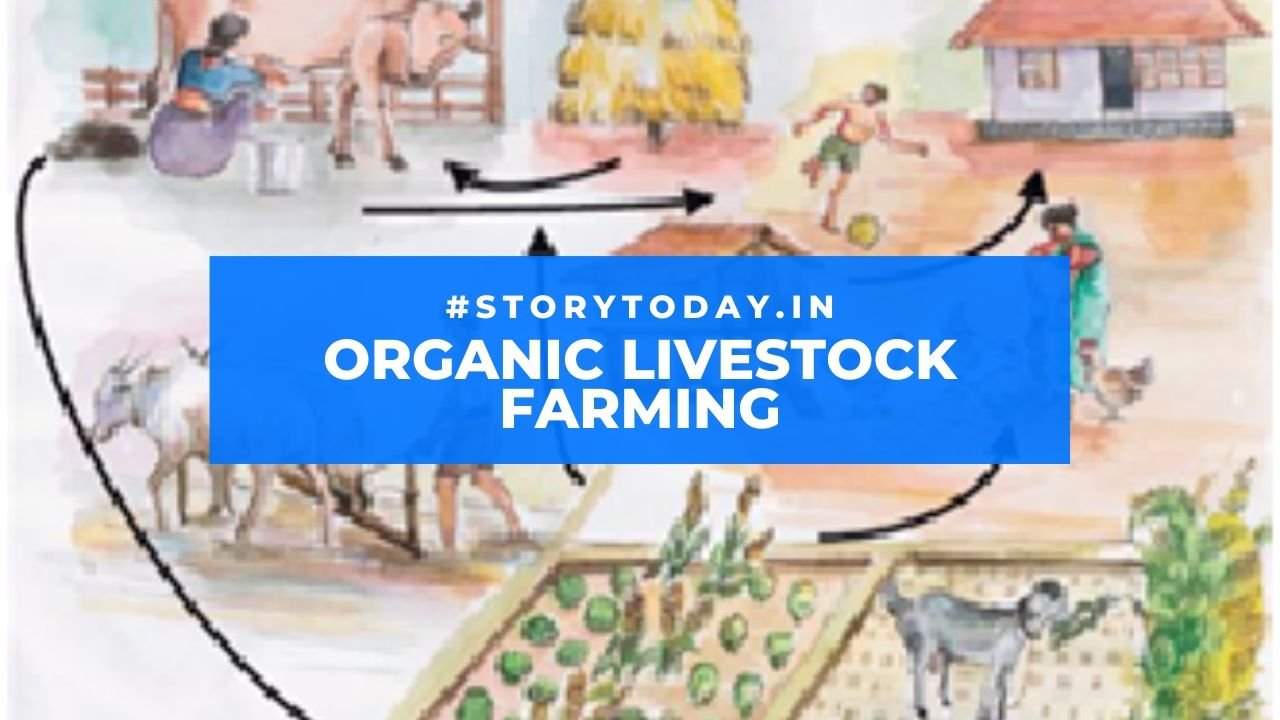Japanese quail (Scientific name: Coturnix coturnix japonica) are the domesticated farm bred variety of quails first domesticated in India during1974 from Califormnia. These are the smallest avian species farmed for meat and egg production. Because of prolific egg production and meat yield capacity, it attains the status of viable commercial poultry enterprises. The birds are resistant to most of the common diseases therefore no vaccination required except a very few bacterial diseases which can be overcome by providing antibiotic along with feed as and when required. There are about 45 species quail birds among them Japanese quail is the largest and used for farming.
Advantages of quail farming:
- Small and landless farmers can easily take up the farming due to its lesser space requirement i.e. 5-6 adult quails can be keep in area of 1sqft.
- Short generation interval; upto 3-4 generations in a year.
- It can attain body weight of 170-190gm only in 25days.
- It attains adult body weight of 250-300g in 6 weeks of age.
- Average feed consumption is 22g/bird/day only upto the age of 25days.
- Its start egg production only at the age of 42days compared to chicken which require 150days.
- It can produce egg upto 280-300eggs/bird/year.
- No need to go for schedule vaccination.
Salient nutritional features of quail meat:
- Lower fat and cholesterol content i.e. 2.4% less than chicken.
- Rich in micronutrients and vitamins including the B-complex, folate, vitamin-E and K.
- More delicious and better taste than free-range chicken.
- Their nutritional value is 3-4 times higher than that of chicken.
Salient nutritional features of quail eggs:
- Contain more protein (14%) than chicken egg (11%).
- Quail eggs have 140µg of vitamin B1, compared to 50µg in chicken eggs.
- Richer in vitamin B2, iron, potassium, calcium and phosphorus than chicken eggs.
- Rich in High Density Lipoprotein (HDL) cholesterol which can be considered as ‘good’ cholesterol, so even senior citizens can eat them.
- Rich source of choline, a chemical essential for brain function.
- Medicinal properties includes enhancing good memory and brain activity, treatment of renal diseases, anaemia, arthritis, gastritis, remove toxins and heavy metals from the circulatory system, strong anti-cancer effects, nourishing prostate gland and may help restore sexual potency in men, enhancing good memory and brain activity, strengthen immune system, heart muscle.
- Children eat at least two eggs daily, they grow better and are less likely to suffer from infectious diseases.
- Egg yolk rich in cholinesterase which helps in reducing risk of developing and alleviate symptoms of Alzheimer’s disease.
Management of Quail bird
Housing:
Quails are ground loving birds with little homing instincts, but also highly susceptible to predation. Therefore, these need confinement rearing in enclosures or deep litter pens. Initially birds are domesticated from wild birds and therefore they must be kept in proper enclosure to avoid from flying away. There orientation of the house should be in East-West direction to prevent direct sunlight inside the house with good ventilation for circulation of fresh air inside house. Two types of housing is suitable-
For deep litter system of housing litter materials should be dry, non absorbent with litter thickness of 8-10cms.

For raising quail under cage system a cage size of 60-90cm length, 60cm width and 25cm height is sufficient for 25 adult quail.

The photoperiod of 16hrs should be provided for optimum egg production.
Feeding
Balanced feeding of birds is very important for optimum production. The feeder and water should be shallow and feed particle should small enough for easy feeding. The common feed ingredients are ground maize, deoiled rice bran, groundnut cake, soya meal, fish meal, mineral mixture, shell grit etc.
| The different types of feed provided at different ages are | Requirement of feed at different age | ||
|---|---|---|---|
| Age of birds | Type of feeds | Age (wk) | Quantity (g) |
| Starter feed | 0-3 weeks | 1 | 5 |
| 2 | 12 | ||
| Grower feed | 4-6 weeks | 3 | 15 |
| 4 | 18 | ||
| Layer/Breeder feed | 6-7 wk onward | 5 | 20 |
| 6 and above | 25 | ||
Common diseases and prevention:
The birds are resistant to most of the viral diseases except few bacterial and deficiency diseases and no vaccination required. Disinfection of farm premises, providing clean drinking water, proper feeding management is very important for prevention of disease in quail farms.
Quail probably the smallest avian species used for production of table eggs and meat. Because of prolific egg production and meat yield, it attains the status of viable commercial poultry enterprises. Quail has unique qualities of hardiness and adaptability to diversified agro-climatic condition. These attributes the making it ideal for creation of rural employment and also to provide supplemental income and protein requirement to farmers.



